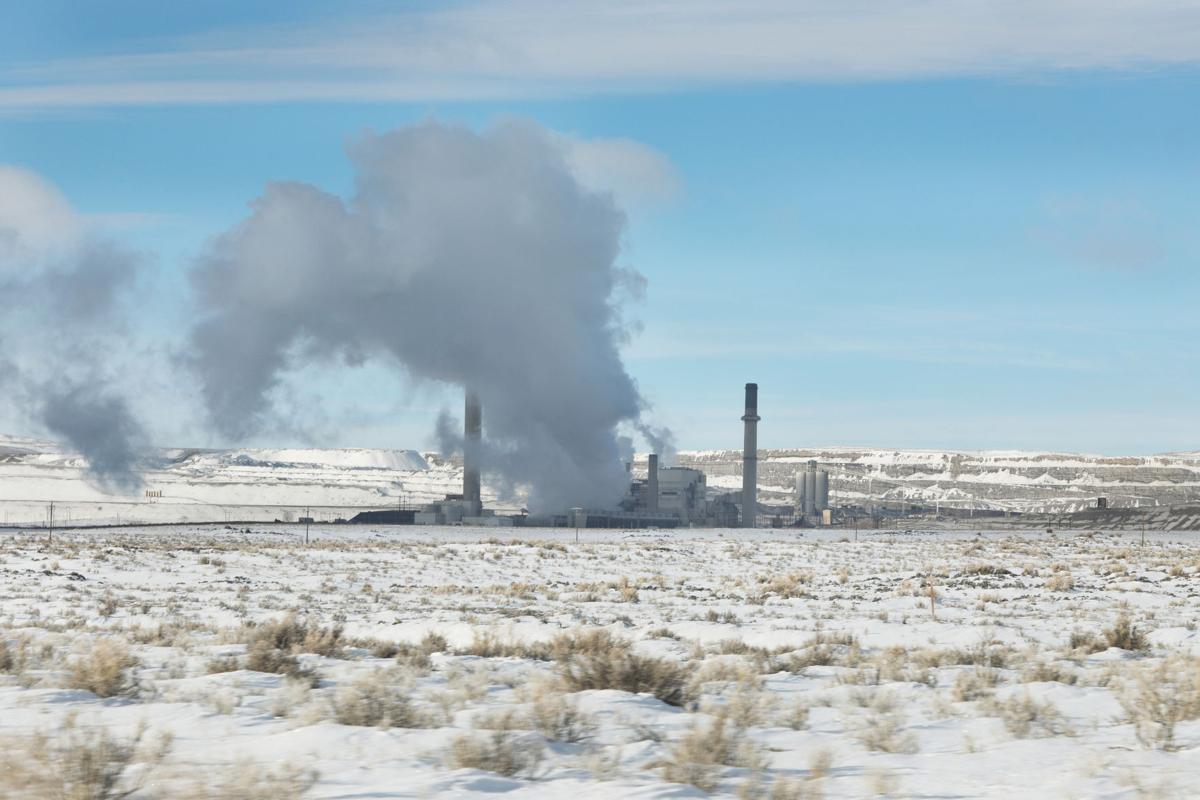 US Terrapower’s advanced Natrium nuclear reactor proposed for southwestern Wyoming is expected to be delayed by at least two years, Jeff Navin, TerraPower’s director of external affairs has told the Caspar Star-Tribune. Following Russia’s special military operation in Ukraine, the supply of high assay low enriched uranium (HALEU) needed to fuel the reactor is now in doubt. “We had a plan. It was a very aggressive timeline; we felt pretty confident that we could meet it. But it was all predicated on having our first coreload of fuel come from Russia,” Navin said.
US Terrapower’s advanced Natrium nuclear reactor proposed for southwestern Wyoming is expected to be delayed by at least two years, Jeff Navin, TerraPower’s director of external affairs has told the Caspar Star-Tribune. Following Russia’s special military operation in Ukraine, the supply of high assay low enriched uranium (HALEU) needed to fuel the reactor is now in doubt. “We had a plan. It was a very aggressive timeline; we felt pretty confident that we could meet it. But it was all predicated on having our first coreload of fuel come from Russia,” Navin said.
Nine of the ten advanced reactor designs selected for funding under the Department of Energy’s (DOE’s) Advanced Reactor Demonstration Program, including two planned demonstration reactors – Natrium and X-energy’s XE-100 High Temperature Gas-Cooled Reactor – will rely on HALEU, which is enriched to nearly 20% with uranium-235 compared with the 5% used in power reactors.
In June 2021, TerraPower, founded by Bill Gates, Wyoming Governor Mark Gordon and PacifiCorp announced efforts to advance their Natrium reactor demonstration project at a retiring coal plant in Wyoming, ultimately deciding on Naughton Power Plant outside Kemmerer as the site.
The Natrium system is a TerraPower and GE Hitachi technology. Along with PacifiCorp and GE Hitachi Nuclear Energy, members of the demonstration project team include engineering and construction partner Bechtel, Energy Northwest, Duke Energy and nearly a dozen additional companies, universities and national laboratory partners. The project features a 345 MWe sodium-cooled fast reactor with a molten salt-based energy storage system. The storage technology can boost the system’s output to 500 MWe of power for more than five and a half hours when needed.
Building a fleet of advanced nuclear reactors hinges on securing a dependable fuel source. But the private sector is reluctant to risk too much money on an industry still in its infancy. Russia, the only commercial source of HALEU fuel, was supposed to bridge that gap, but this is now in question, Navin noted.
Terrapower initially turned to the US Department of Energy (DOE). In the hope that the government would be able to source sufficient weapons-grade uranium (most of which will come from nuclear warheads) enriched to around 95% and downblend it to the lower concentration needed. Officials tried, Navin said, and are still looking. “They just don’t have the capacity to disassemble a large volume of warheads any faster than they’re already disassembling them.”
TerraPower is also looking to Congress, which allocated half the funding for the roughly $4 billion Wyoming project and has increased efforts to accelerate commercial fuel production. These efforts are being supported by Senator John Barrasso, (Wyoming). Barrasso said in a statement on 13 December that “TerraPower’s announcement underscores what I’ve been saying for years: America must re-establish itself as the global leader in nuclear energy. Instead of relying on our adversaries like Russia for uranium, the United States must produce its own supply of nuclear fuel.”
Congress authorised the HALEU Availability Program in 2020 and eventually appropriated $45 million to “expedite” HALEU fuel-processing capacity. The Inflation Reduction Act added another $700 million toward that effort. In December 2022, DOE established a HALEU consortium to support activities to secure a domestic supply of the fuel. In December, DOE also signed a contract with Centrus Energy’s subsidiary, American Centrifuge Operating (ACO), to pioneer production of HALEU at its facility leased from DOE in Piketon, Ohio.
The federal support will go a long way to attract private investmenta and establish a reliable, commercial supply of HALEU in the US, perhaps in time to meet the 2028 in-service deadline in Kemmerer, Navin said. But the Natrium reactor will require an initial “core load” fuel delivery in 2025, which is why TerraPower is asking federal officials to downblend enough weapons-grade uranium to meet that timeline. Combined, TerraPower’s Natrium and X-energy’s Xe-100 demonstration projects could require about 20 metric tons of HALEU derived from downblending, Navin estimated. Centrus Energy Corp will begin producing less than 1 metric ton by 2023.
However, Navin said the fuel problems are “not going to change our schedule, in terms of when we’re going to start construction – it gives us a little more flexibility on that point”. In 2023, TerraPower still aims to break ground on a test facility at the project site, where both remaining coal units at electric utility PacifiCorp’s Naughton Power Plant are slated to retire in 2025, and apply for a construction permit from the Nuclear Regulatory Commission.
“We all recognised when we started this process, it was never going to be easy,” he said. “We didn’t anticipate this particular curveball, but this is, certainly, of all of the challenges that we’re facing, the one that is going to cause the biggest delay.” TerraPower remains confident, however, that the U.S. supply chain will be ready to support up to five more reactors of the same design in Wyoming and Utah by 2035. Its joint study with PacifiCorp of the available options, announced in October, is on track to be finished late next year.
“We obviously have to focus on getting the first one built,” Navin said. “There’s always hiccups in a first-of-a-kind project. But we really are committed to working with our customer in PacifiCorp and trying to find a way to even expand the footprint that we have in Wyoming.”
One other question, however, remains. Natrium is a sodium-cooled fast reactor. Currently the USA has no expertise in fast reactor technology and no facilities to support its development. The US closed down its fast reactor programme in the 1990s and is only now making moves to revive it. The US Department of Energy (DOE) in July issued a record of decision to build a sodium-cooled fast test reactor at Idaho National Laboratory (INL). If appropriated by Congress, the Versatile Test Reactor (VTR) would be the first fast reactor to operate in the USA in nearly three decades. Even if the fuel problem is somehow resolved, this could be another obstacle.
Image: The Naughton Power Plant outside Kemmerer (courtesy of Terrapower)






